TRONto
Active Member
IIRC, Vester mentioned this in the interview with Reece as the new procurement method to move projects along fasterIt's very interesting how they split up this project into many contracts.
IIRC, Vester mentioned this in the interview with Reece as the new procurement method to move projects along fasterIt's very interesting how they split up this project into many contracts.
Is 15m per day the maximum tbms can technically do or is this just a schedule cap speed from construction management?^Hoping we will see the same progress maps on the project web page that we saw for TYSSE and Crosstown. With two tunneling projects under way (so far) it will be fun to watch. 9.2 kms at 15 m per day = 613 days, plus down time and slippage.
- Paul
Is 15m per day the maximum tbms can technically do or is this just a schedule cap speed from construction management?
Would it be possible to sustain 24/7 boring if it meant cutting months out of the schedule?10-15 m per day is what has been cited, it’s consistent with the speeds I recall being quoted in TYSSE and Crosstown days.
To be honest, I have never looked up the actuals on those projects to see what velocity actually happened. There is certainly not 7/24 production at that rate.
- Paul
Would it be possible to sustain 24/7 boring if it meant cutting months out of the schedule?
Can they mobilize construction teams to work concurrently to finish stations as they bore instead of what happened for the core ect tunnel section?
At the very least build pedestrian pathways and cycling paths along that route. They would be much, much narrower than most roads or stroads we build in the suburbs.
The headwalls of the stations will be poured first and the TBMs will "eat" through them.The Crosstown publicity material stated that the machines were intended to operate 24/7, however I'm sure there was down time for planned maintenance, things that broke and needed fixing, labour unavailability, adding sections to the conveyor belt, etc.
I don't recall whether any of the TBM's from past projects operated through an already-excavated station void, other than at extraction points.....however as a non-engineer I'd wonder if this would be technically desirable. While tunnelling, the machines are self-steeering, but with nothing around them, coming out into the open might mean having to realign before they reenter the soil. Just me speculating.
Assuming no major glitches, 15m/day is fine with me.
- Paul
That 15m/day number is an expected average throughput throughout the life of the dig.10-15 m per day is what has been cited, it’s consistent with the speeds I recall being quoted in TYSSE and Crosstown days.
To be honest, I have never looked up the actuals on those projects to see what velocity actually happened. There is certainly not 7/24 production at that rate.
- Paul
Tunneling is just more complicated early civil works. And if you bundled it into the larger work, they'd still (generally) have a sub-contractor doing the tunneling. With all that knowledge, they can get moving earlier...particularly if they need a new TBM for it.IIRC, Vester mentioned this in the interview with Reece as the new procurement method to move projects along faster
Fans of billionaire Elon Musk seem to think he’s the smartest person in the world. But Musk made a comment on Twitter over the weekend that could be his dumbest yet. Admittedly, there’s a lot of competition when you remember this is the guy who predicted in March of 2020 that the pandemic would be over by April 2020.
Musk was having a discussion on Sunday about how he hoped “in coming years” to build a Hyperloop, a system of transportation he first pitched in 2013. When someone speculated that Hyperloop might be helpful during hurricane evacuations in New Orleans, Musk assured Twitter users any extreme weather above ground wouldn’t have any impact on the tunnels below.
“Underground tunnels are immune to surface weather conditions (subways are a good example), so it wouldn’t matter to Hyperloop if a hurricane was raging on the surface. You wouldn’t even notice,” Musk tweeted.
The problem, of course, is that underground tunnels can and do flood during extreme weather. It’s happening more and more with extreme weather induced by climate change. And we’ve got 11 photos of precisely that happening in recent years, from subways filling up to water overtaking underground parking garages.
It should be noted this guy has a net worth of $264 billion. Meritocracy is a myth. Abolish billionaires.
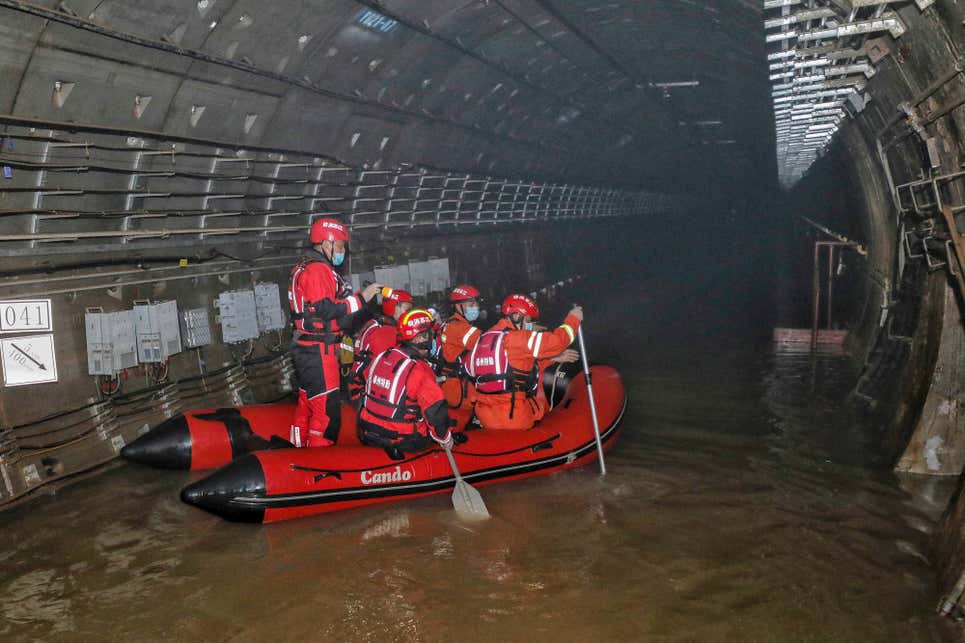

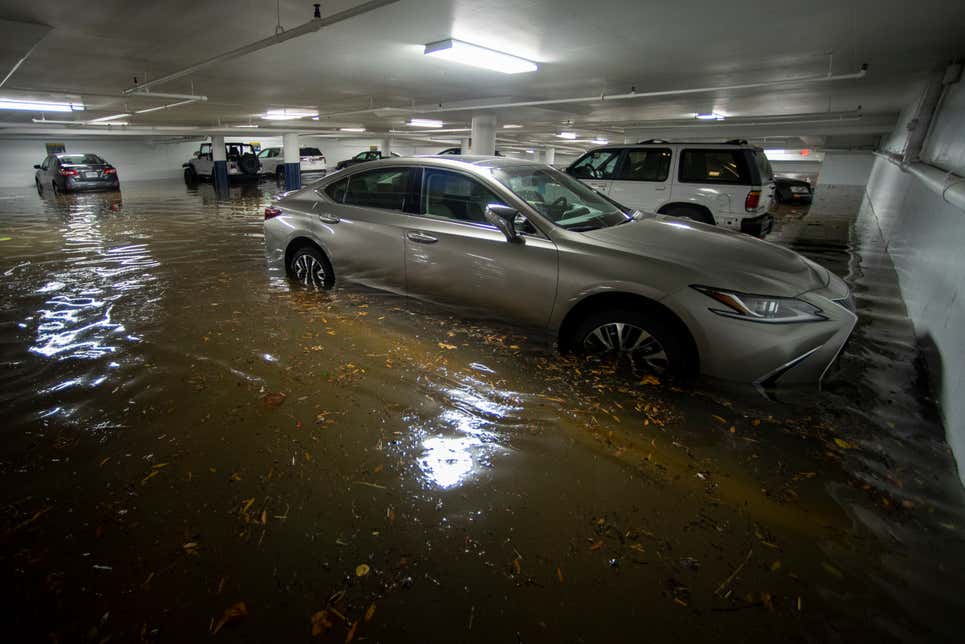
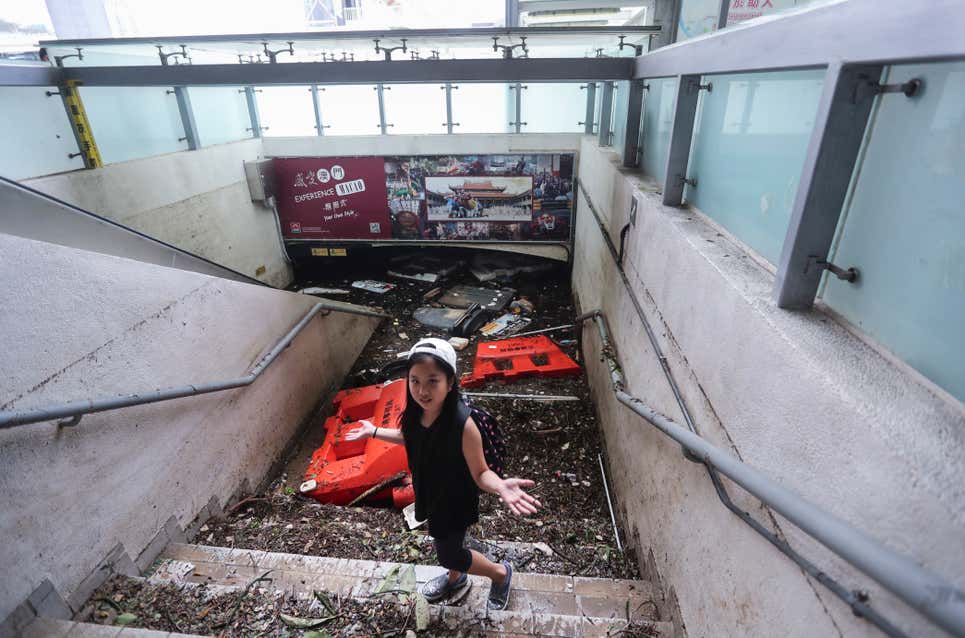
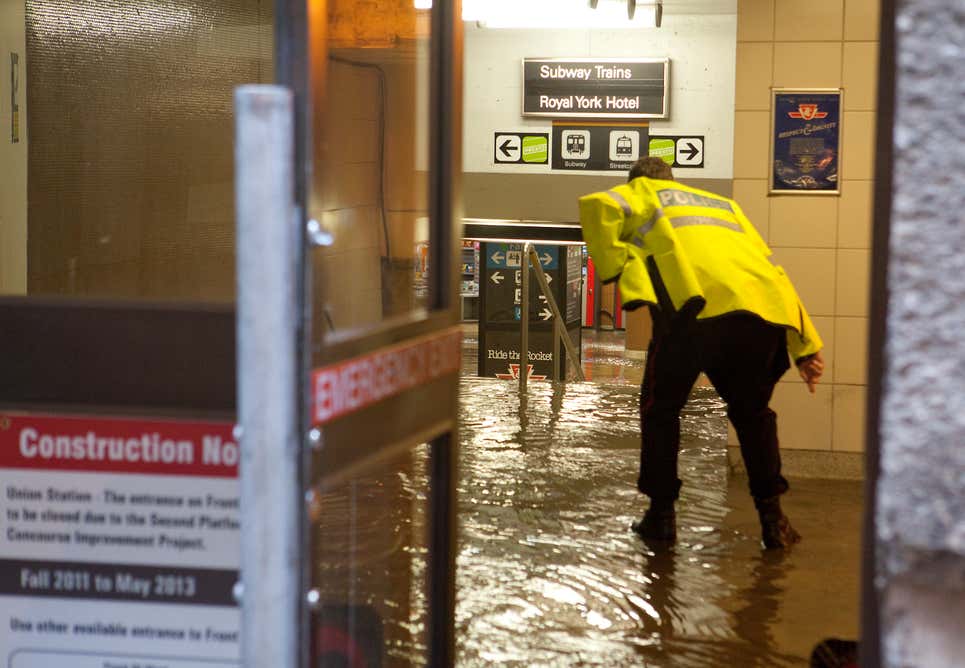
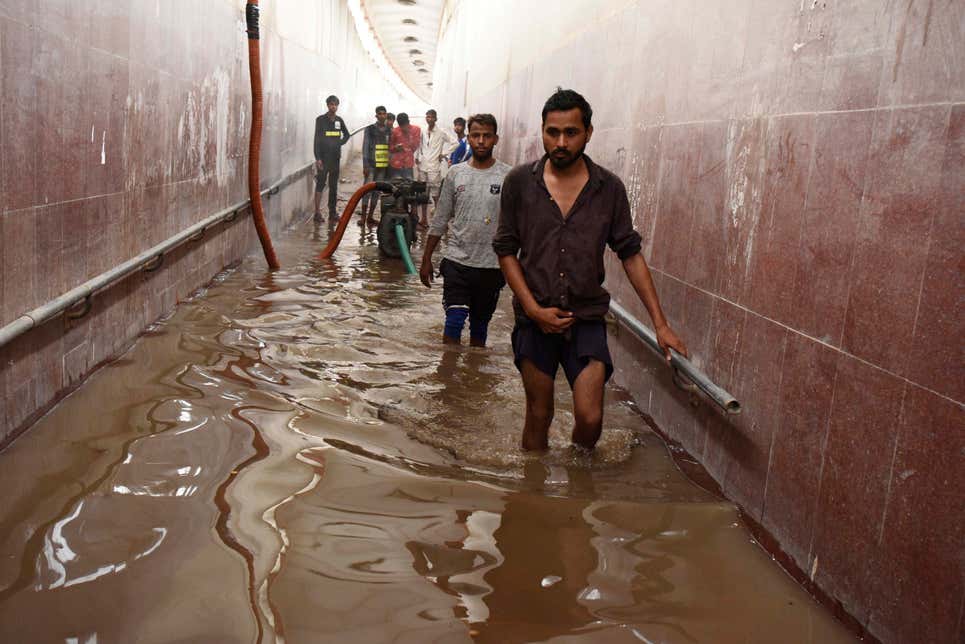
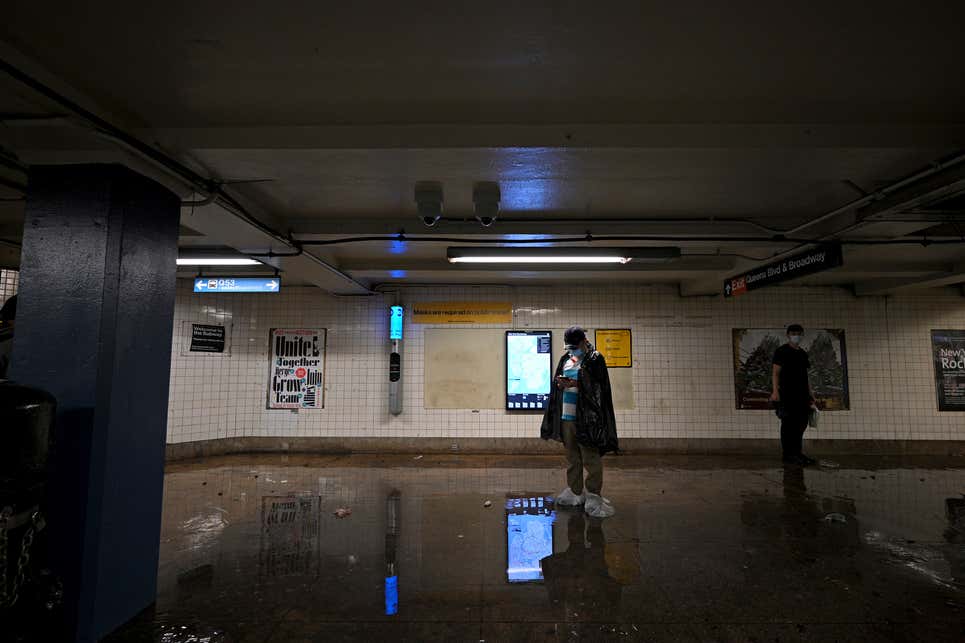

To those who "demand" that the extension be underground through Eglinton Flats...
Elon Musk Proves Yet Again That He's Just Not Very Bright
I'd assume above-ground - if they are tunnelled, the cost of emergency access alone would be enough to kill the proect.The devil's in the details though... Will the stations be underground, or above ground with the tunnels dipping underground from there? If above ground, how far above ground? With climate change in play the historical 100-year flood level ain't what it used to be...
Musk may be a bit too confident in himself despite gaps in his knowledge, but he is no dummy.Ever since Elon Musk suggested they should bury highways to solve LA traffic (!?) I knew he wasn't the sharpest tool in the tool shed.